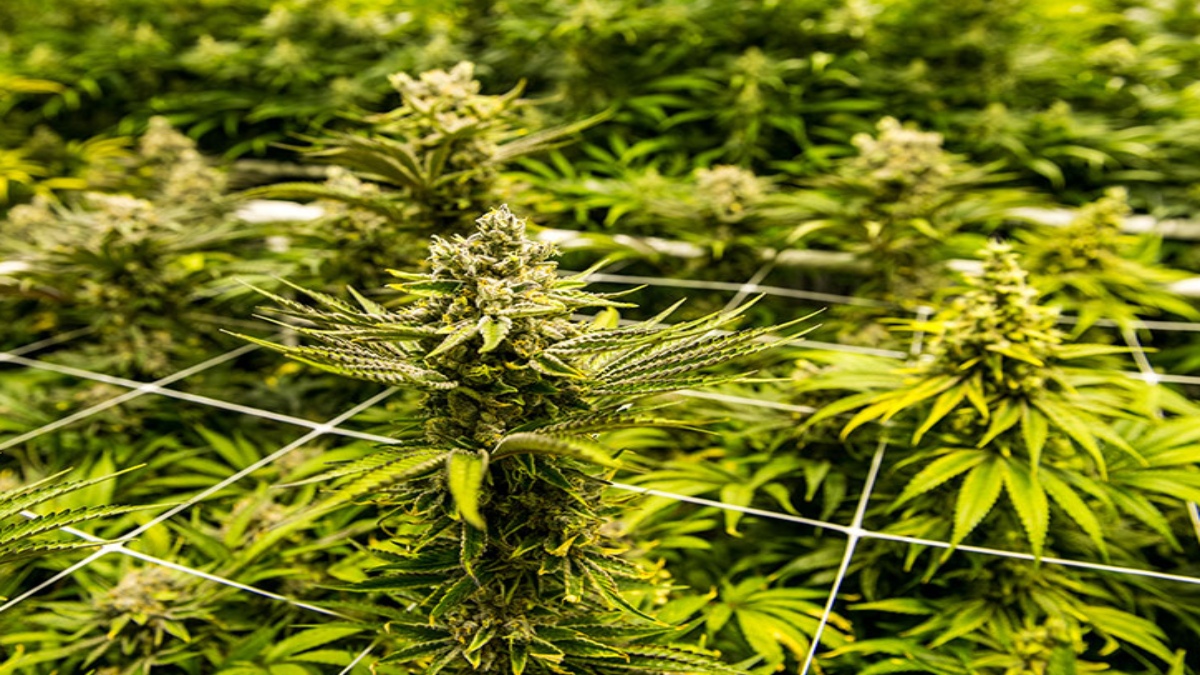
In today’s age of environmental awareness, industries are under scrutiny to adopt sustainable practices, and the burgeoning cannabis industry is no exception. With its increasing global legalization and subsequent cultivation surge, the environmental implications of cannabis farming become more prominent. Addressing these concerns is not just about meeting global sustainability standards; it’s about aligning the cannabis industry’s growth with eco-friendly principles, ensuring it thrives responsibly in the years to come.
As cannabis gains popularity and legal acceptance, its environmental impact is evident. Like traditional farming, cannabis cultivation affects our environment in several ways.
Land Use: Large-scale cannabis farming can lead to deforestation, harming natural habitats and biodiversity.
Water Use: Cannabis requires significant water, especially outdoors. In drought areas, this intensifies water shortages, impacting other agriculture and ecosystems.
Energy: Indoor farming uses extensive energy due to constant lighting and climate control, making it resource-intensive.
Soil: Over-farming cannabis degrades soil nutrients, affecting its fertility and future yields.
Chemicals: Some growers use pesticides and fertilizers, which can contaminate soil and water and remain as residues in products, posing health concerns.
Sustainability is increasingly becoming a priority across industries. In the cannabis world, shifting to sustainable methods isn’t just about global trends—it has real benefits for the environment, economy, and society.
Environmental: Eco-friendly cannabis farming reduces carbon footprints and conserves biodiversity, ensuring healthier ecosystems.
Economic: Sustainable practices can lead to cost savings, especially with water and energy conservation. Plus, with growing demand for sustainable products, farmers can often charge premium prices.
Social: Sustainable farms boost local communities with job opportunities and fair practices. Avoiding chemicals ensures a safer environment and better health for workers.
In an era emphasizing sustainable practices, it’s crucial for industries, especially those as impactful as cannabis cultivation, to integrate environmentally conscious strategies. Here are some best practices, followed by overarching recommendations for both farmers and consumers.
When considering sustainable cannabis farming, the first step is selecting the right strains, and thankfully, doing so has never been easier. With the plethora of information available online, potential growers can conduct thorough research to find strains best suited for their needs. Websites like Herbies Seeds offer extensive strain databases, with detailed descriptions, reviews, and cultivation tips, making it an excellent starting point for those looking to embrace sustainable cannabis farming practices.
Choosing a strain can influence various cultivation requirements such as water, nutrients, resistance to pests, and growth cycle duration. Here are some factors to consider:
As the cannabis industry burgeons, sustainable farming isn’t just an ethical choice; it’s an economic one. With the dual benefit of environmental preservation and potential profit boosts, it’s a win-win. Embracing sustainable cannabis farming isn’t just about responding to current demands. It’s about paving the way for a greener, more responsible future.















